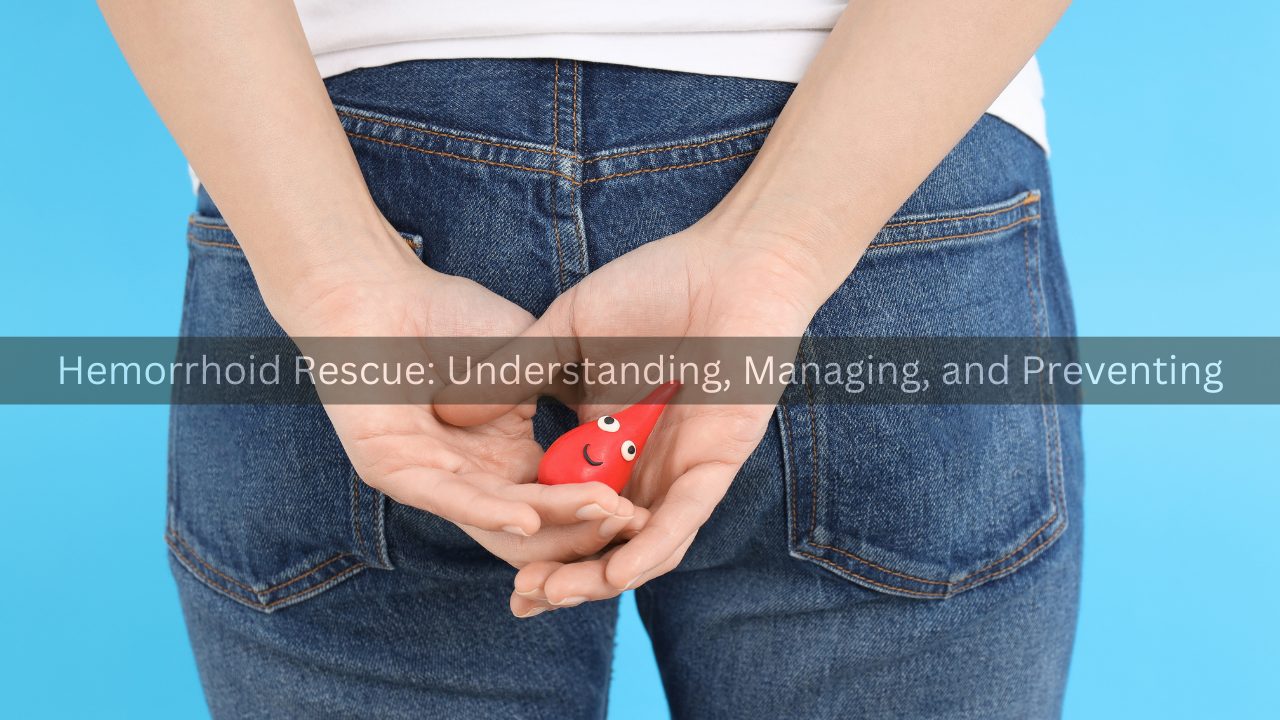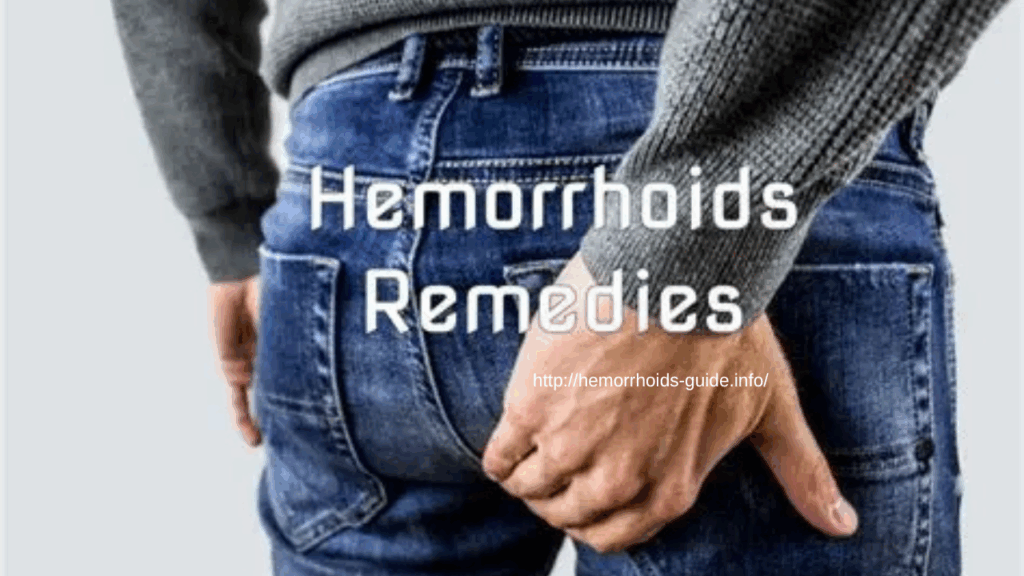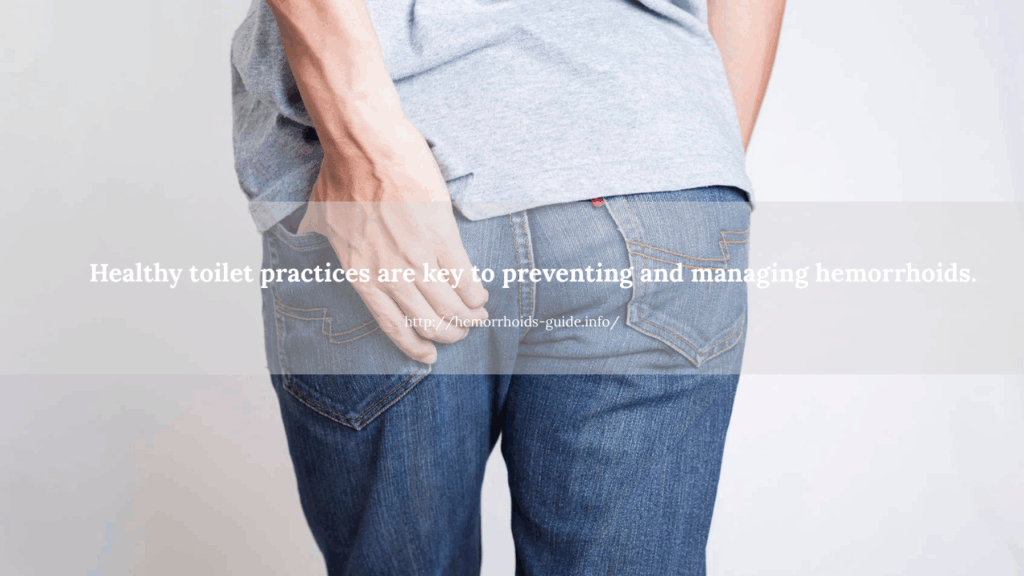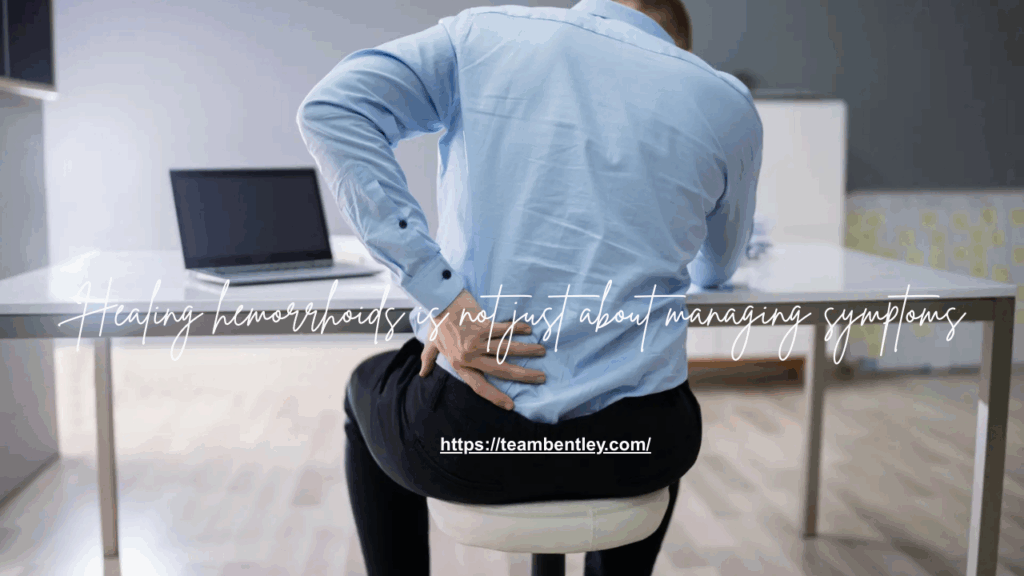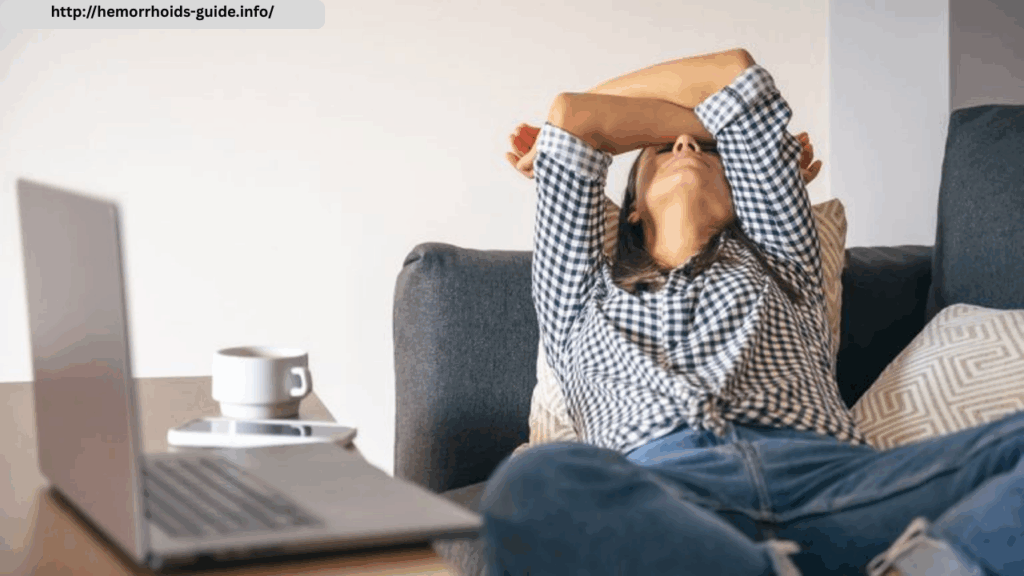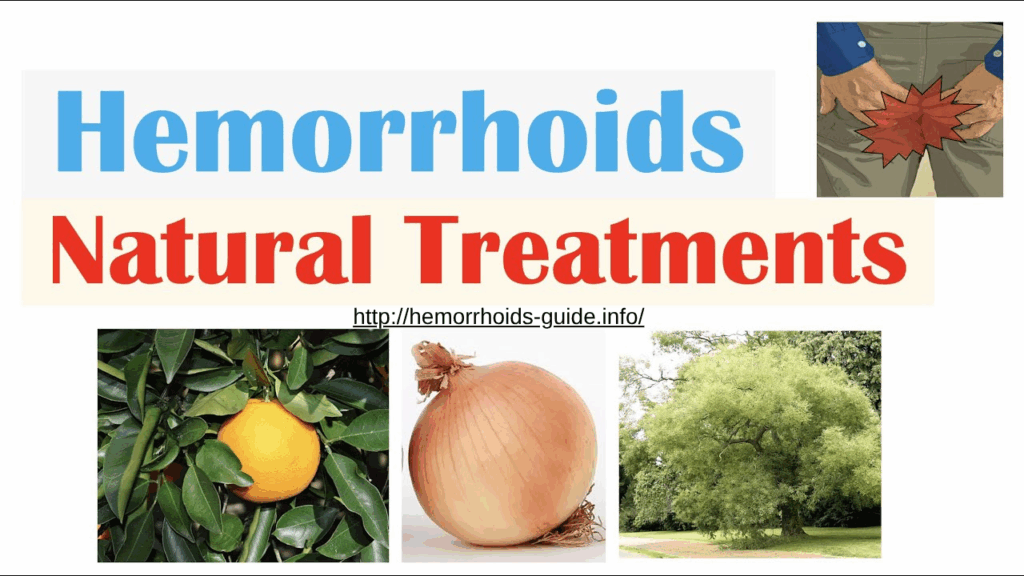
Living with hemorrhoids can be more than a physical inconvenience. Pain, swelling, and irritation can affect your daily activities, sleep, and overall well-being. At Hemorrhoids Guide, we understand that true healing is about addressing the whole person. Just as our addiction recovery and mental health programs emphasize individualized, compassionate care, finding lasting relief from hemorrhoids requires a holistic approach. Gentle lifestyle adjustments, mindful self-care, and consistent support can help you find comfort again.
Understanding Hemorrhoid Relief
Hemorrhoids are swollen veins in the rectal and anal area, often caused by constipation, straining, or prolonged sitting. While temporary relief may come from creams or medication, long-term comfort is achieved through small, intentional changes in daily habits. Our holistic philosophy recognizes that physical symptoms are closely connected to emotional and mental well-being. By caring for the body and mind together, you can foster both healing and resilience.
Support Your Body Through Nutrition
Increase Dietary Fiber
Fiber softens stools and helps prevent constipation, reducing strain during bowel movements. Include a variety of fiber-rich foods such as whole grains, fresh fruits, leafy vegetables, and legumes. For those in recovery from addiction, a balanced diet also supports energy, focus, and emotional stability.
Stay Hydrated
Drinking adequate water is essential for digestive health and stool regularity. Aim for at least eight glasses daily, and consider herbal teas as a soothing option. Proper hydration not only reduces hemorrhoid discomfort but also enhances overall well-being.
Gentle Movement for Healing
Physical activity improves circulation and supports healthy bowel function. Simple activities such as walking, stretching, or yoga can reduce pressure on rectal veins and ease discomfort. Incorporating movement into your daily routine also helps manage stress, a factor that can impact both physical and mental health during recovery.
Mindful Bathroom Habits
Respond to Your Body’s Signals
Going to the bathroom as soon as you feel the urge prevents hardened stools and unnecessary straining. Avoid prolonged sitting on the toilet, which can worsen hemorrhoids.
Use Proper Positioning
A footstool can help mimic a natural squatting position, aligning the colon for easier elimination. This simple adjustment can significantly reduce strain.
Gentle Cleansing
Use soft, fragrance-free wipes or a warm water rinse rather than harsh toilet paper. Maintaining gentle hygiene reduces irritation and supports healing.
Holistic Comfort Practices
Warm sitz baths can relax muscles and soothe discomfort, while cold compresses reduce swelling and provide immediate relief. Wearing breathable, cotton clothing helps keep the area dry and prevents additional irritation. Combining these physical practices with mindfulness, prayer, or meditation supports emotional calm and a sense of well-being, reflecting a faith-based approach to healing.
A Compassionate Path Forward
Lasting hemorrhoid relief is achieved through consistent care and intentional lifestyle changes. By combining nutrition, movement, mindful routines, and holistic comfort strategies, you can restore balance and ease discomfort. At Hemorrhoids Guide, we provide compassionate guidance, supporting both physical and emotional recovery in a personalized way.
Take the Next Step
You do not have to face hemorrhoid discomfort alone. Our team is here to help you find relief through holistic, client-centered care. Reach out today and begin your journey toward comfort, healing, and a renewed sense of well-being.
